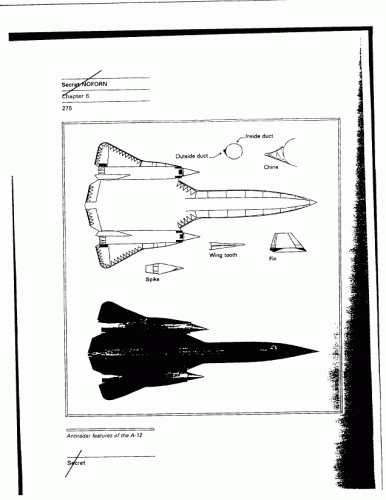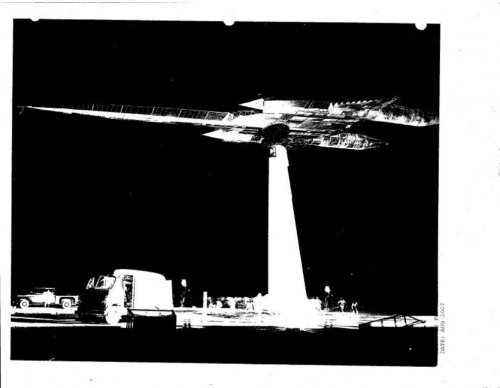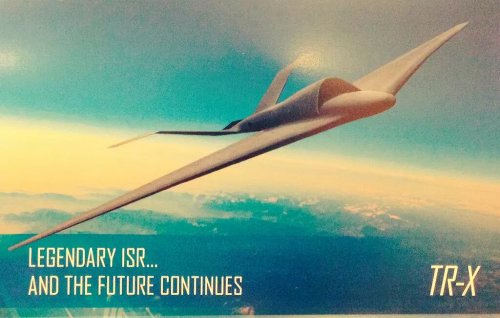- Joined
- 21 April 2009
- Messages
- 13,760
- Reaction score
- 7,702
http://www.flightglobal.com/news/articles/lockheed-skunk-works-designing-next-gen-u-2-spy-plane-415842/
Lockheed Martin Skunk Works is designing a next-generation high-altitude, long-endurance (HALE) surveillance airplane, known internally as RQ-X or UQ-2, as an optionally-manned successor to the U-2 and Northrop Grumman RQ-4 Global Hawk.
U-2 programme officials told reporters at the Skunk Works headquarters in Palmdale, California, that its engineers have been mulling designs for stealthy HALE platform that would combine the best of the U-2 and its unmanned rival, the Global Hawk.
The advanced research and development arm of Lockheed is essentially pursuing an improved version of the U-2, which is powered by the same General Electric F118 engine and optimised to fly at 70,000ft or higher. It would carry many of the same sensors, since those are already calibrated for use at that altitude. The biggest difference will be the aircraft’s low-observable characteristics
Lockheed Martin Skunk Works is designing a next-generation high-altitude, long-endurance (HALE) surveillance airplane, known internally as RQ-X or UQ-2, as an optionally-manned successor to the U-2 and Northrop Grumman RQ-4 Global Hawk.
U-2 programme officials told reporters at the Skunk Works headquarters in Palmdale, California, that its engineers have been mulling designs for stealthy HALE platform that would combine the best of the U-2 and its unmanned rival, the Global Hawk.
The advanced research and development arm of Lockheed is essentially pursuing an improved version of the U-2, which is powered by the same General Electric F118 engine and optimised to fly at 70,000ft or higher. It would carry many of the same sensors, since those are already calibrated for use at that altitude. The biggest difference will be the aircraft’s low-observable characteristics




